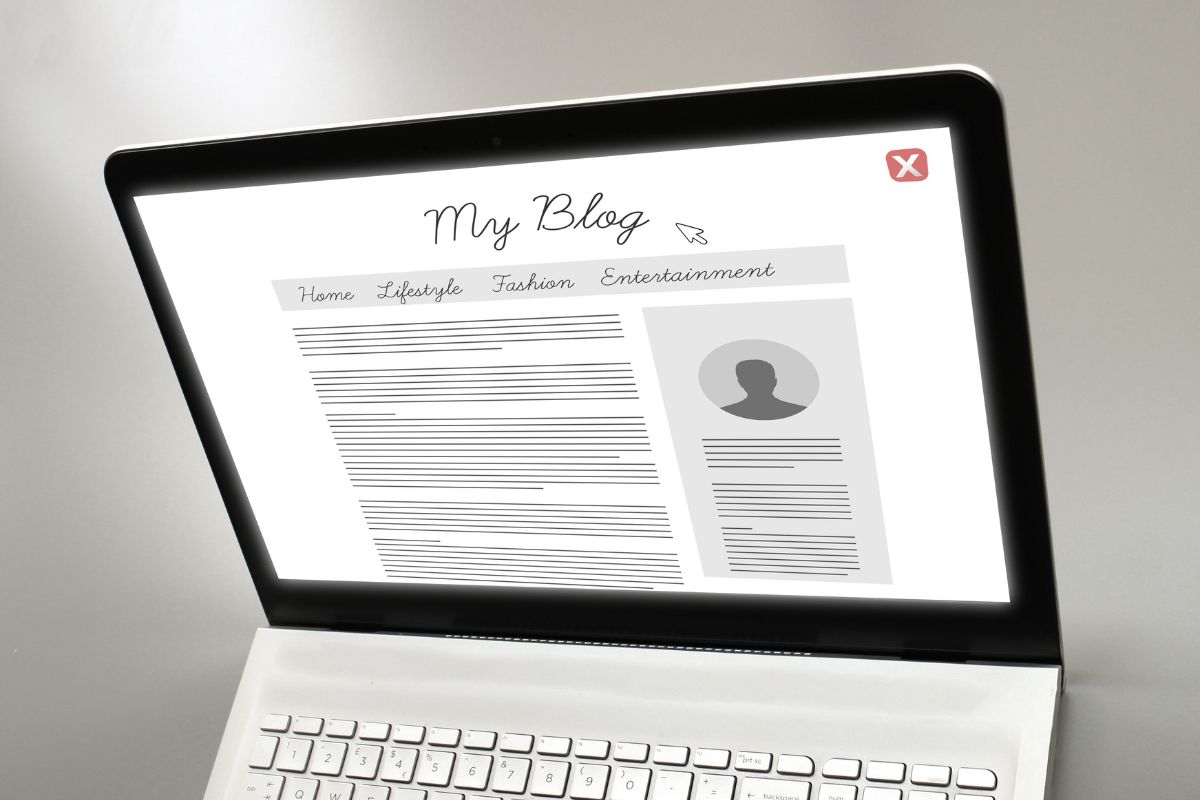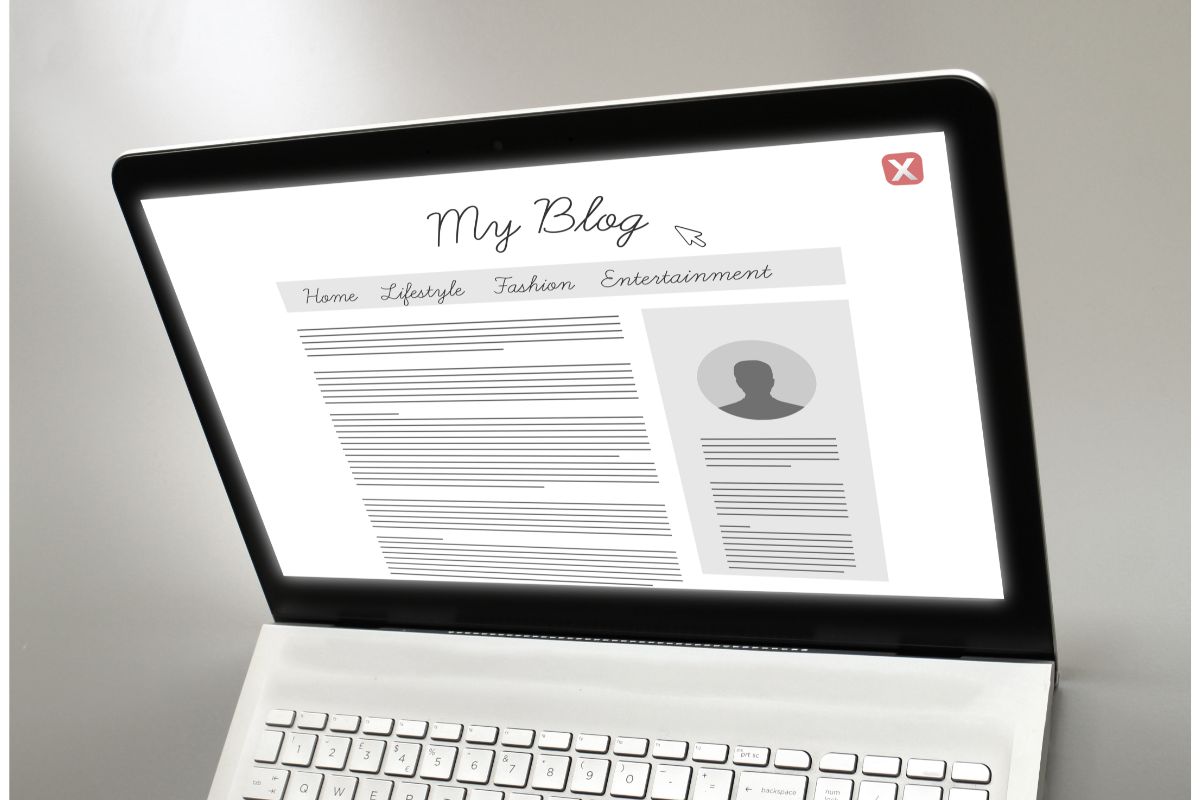Writing long blog posts and articles can be quite daunting. People have quite short attention spans when they are reading long bodies of text, so keeping them engaged can be quite a challenge.
Breaking up your articles into smaller headings and subheadings is a good way to keep readers engaged and it also makes them want to read more.

Headings also help to connect different parts of the article together and it helps in keeping the overall article organized.
But what exactly are headings and subheadings?
How do you come up with and format good ones that enhance your article’s overall look and quality?
In this article, we will be going over everything about headings and subheadings and how you can use the right format to grab good attention on your blog.
What Are Headings?
Headings tell the reader what the subject matter of an article is.
Without headings in a long-form article, readers would have no idea what the article is even about, and headings help them identify what they are reading.
Headings are basically the title, and every article has a title.
If you’re looking through a page that has lots of articles, you will scan through the headings quickly until you find the subject matter you’re looking for.
Headings help you locate a subject matter a lot faster.
Without headings, you would be spending hours and days trying to find the right article that you need.
They usually appear once at the top of the article.
What Are Subheadings?
Lots of people like to skim and scan over articles, especially if they are longer or they are looking for a specific subject matter.
Subheadings are like headings, but they appear frequently throughout long-form articles.
Usually, as the subject matter in the article changes, it will begin with a new subheading. Here’s an example for you:
If you’re reading an article with the heading “How Many Planets Are There In The Solar System” you would then read a small introduction and then the rest of the article would be broken down into subheadings.
Some of these subheadings could be titled something like “Mercury” followed by a few paragraphs, then “Venus” and so on and so on.
Whereas a heading is a title for the whole article, a subheading is a specific title for a specific few paragraphs.
There are lots of subheadings in this article, which is another example for you!
The Purpose Of Headings And Subheadings
The main purpose of headings is that they let you identify what the article you’re going to read is all about.
They provide a brief description and summary so you know before you click the article that you’re in the right place.
If you’re looking for a blog about “How To Cook Carbonara” and all the headings say “How To Cook Pesto”, you’ll know just from the headings that they are the wrong articles for you.
Headings save the reader time when looking for the right article or blog post.
Subheadings are more of the same, but for the specific article.
They provide a brief description of the subject matter of the paragraphs within the overall article, and they let you skim and scan the whole article so you can narrow down your search a bit better.
If you’re reading an article already called “How To Cook Carbonara” and you want to know the ingredients of a carbonara, you would look for a subheading along the lines of “What Are The Ingredients In A Carbonara”.
Having subheadings saves even more time and allows the reader to find exactly what they are looking for without having to read the entire article.
Having your article broken down into these headings and subheadings overall just makes it easier to read and locate subjects within the article.
Headings, Subheadings, And SEO
Though it doesn’t specifically impact the Search Engine Optimization, how you format your headings and subheadings does have indirect benefits.
First off, what is SEO? It stands for Search Engine Optimization.
It improves the visibility of your page and usually means you’ll find your page higher up on search engines such as Google or Bing.
Having good Search Engine Optimization means you’ll have better traffic to your site and you’ll have better attention and a bigger audience.
So how does SEO change when it comes to your headings and subheadings?
It’s all about structure and quality. If you have formatted your heading and subheadings so they cater to the reader rather than yourself, you’ll keep people on your page and coming back.
If visitors to your page or article can’t find what they are looking for quickly, they are likely to press back on their browser and look for another page that will answer their questions.
SEO and search engines pick up on visitors bouncing between these sites and if you’re having a lot of people retreat from your page frequently, the SEO will pick that up and your page wont is as high on the search engines as others.
If you’ve formatted your headings and subheadings correctly and you’ve provided all core information on your subject in a cleanly formatted way that is accessible and quick for the visitors, search engines will pick up on that.
Having people stay on your page for longer than a few minutes will put you higher up on the search engine and will mean you’ll get more traffic to your page.
When it comes to writing the information for your article, think about how you’d like to view it as a reader. Put yourself in the shoes of the reader and write in a way that you’d like to read.
Though headings and subheadings aren’t the direct cause of making the SEO better or worse, they do have a large impact on it.
APA: American Psychological Association
There is a commonly known writing style that is used when it comes to writing called APA.
APA or the American Psychological Association is an organization that makes writing style guides for academics, most notably social science academia.
The APA writing style is a common style used by most American Universities and online publications.
The APA style of writing is used by many different types of writers to make their works persuasive, informative, and concise.
This style of writing and formatting is especially good for long-form articles and bodies of text.
Using the APA method when it comes to your articles and blogs can work wonders in helping you create optimal informational pieces, which will keep your readers interested and engaged.

How To Write APA Headings And Subheadings
If you want to use the APA format for your articles, then follow these steps.
If you’ve never used the APA format before, when they say “Level 1” or “Level 2” headings and subheadings, these are the same as “Heading 1” or “Heading 2” in Microsoft Word or Google Docs.
If you’re using Word or Google Docs, they can be found in a dropdown menu that is next to the font menu.
If you are familiar with the APA format though, read on and just follow these steps:
- APA headings can be formatted in title case, uppercase or lowercase. It depends on what you’re writing about and what you feel would suit the text the best. Start with formatting your heading.
- Add an introduction and then use a Level 1 Heading for the next main section of the text.
- You’ll now add in your subsections and subheadings. Use Level 2 headings for these subsections (they will be your subheadings) and if you need to, use Level 3 headings for any subsections needed for the Level 2 subheadings.
- Don’t label any of your headings with numbers or letters. It will mess the formatting up and it won’t look as clean.
By using this APA format and style, your blog posts or articles will look cleaner, read easier and help any visitors to your page find exactly what they are looking for.
It will also optimize the SEO and you’re more likely to keep readers engaged and on your page for longer.
How To Use Headings And Subheadings In Blogging
So now that you have a better understanding of what headings and subheadings are, what SEO and APA are, and how you can use them to better format your articles, how can use them in blogging?
Lots of people find that adding headings and subheadings helps in formatting their blog.
They make them easier to read and they keep readers more engaged.
As we’ve already discussed, headings and subheadings help to break up longer bodies of text and it overall just looks nicer, even in a blog format.
If you’re newer to writing, adding headings and subheadings will help you organize your blog a lot easier.
Also, if you have headings and subheadings already laid out in your blog, you’ll know what you need to write about and where before you actually start writing.
Though headings and subheadings are primarily for the reader, they actually help the writer too.
If you have the blog post organized and structured ahead of time, it can save you from getting confused as you write.
A general format for a blog looks something like this:
- Beginning with a TITLE in the H1 Header Form. Never use more than one H1 Header per post. It’s always given to the title.
- Usually, this is then followed by a short introduction. The introduction is usually between 50 to 100 words, with no subheadings.
- With your introduction paragraph added, you then add about 4 subheadings to your post. Usually in the H2 Heading format, but you can also use H3 Headers and in some cases H4 Headings if they are available. You’ll know where and when to add these as you go.
- The H2 subheadings are used to delve deeper into certain subject matters that all connect to the initial heading and topic you are talking about.
If you are struggling with the blog format still, you can follow this format as it is the most common structure blog post follow:
- TITLE/Main Header (H1)
- First Topic (H2)
- Question about First Topic (H3)
- Second Topic (H2)
- Question about Second Topic (H3)
- Solutions (H2)
- Conclusion (H2)
The Importance Of Headings And Subheadings In Your Blog Posts
Using this format helps readers find information quickly and keeps them engaged with your page for longer.
If visitors to your blog cannot find answers to their questions fast, they will leave your page and look for another one.
You want your readers to rely on the information you have, rather than go somewhere else, so you need to make sure your headings and subheadings are to the point, obvious, and eyecatching.
If the format and information are pleasing to the eye, viewers are more likely to stay.
You want information on your blog to be easy to find. No one likes to jump through hoops for information and no one likes to waste extra time trying to find an answer to a simple question.
If you can cater your headings and subheadings to your readers and keep it simple and clean, you are more likely to maintain a loyal audience and keep the SEO on your blog in a positive state.
Conclusion
There’s a lot to consider when you are creating your headings and subheadings.
You want to make sure they reel the reader in, they aren’t too complicated and they look good when you’re skimming and scanning through a large post.
If you follow the APA style or the blogging format, you are more likely to succeed in retaining the reader’s attention and if the readers enjoy the format and way you’ve styled the blog post, they are more likely to return for future posts.
If you follow the tips, tricks, and methods supplied in this article, you are more likely to have a successful blog.
Take SEO into consideration when creating your headings and subheadings and remember that the higher up on the search engine you appear, the better the traffic will be to your blog.
You can also get friends and family to read over potential blog posts.
Don’t be afraid to ask for some constructive criticism, it could help you in the long run!
- The 20 Best Blogging Courses That Are For Beginners - December 7, 2022
- 20 Best WordPress Plugins For Blogs For Effective Blogging! - December 7, 2022
- 5 Excellent Affiliate Marketing Courses To Learn - December 6, 2022








